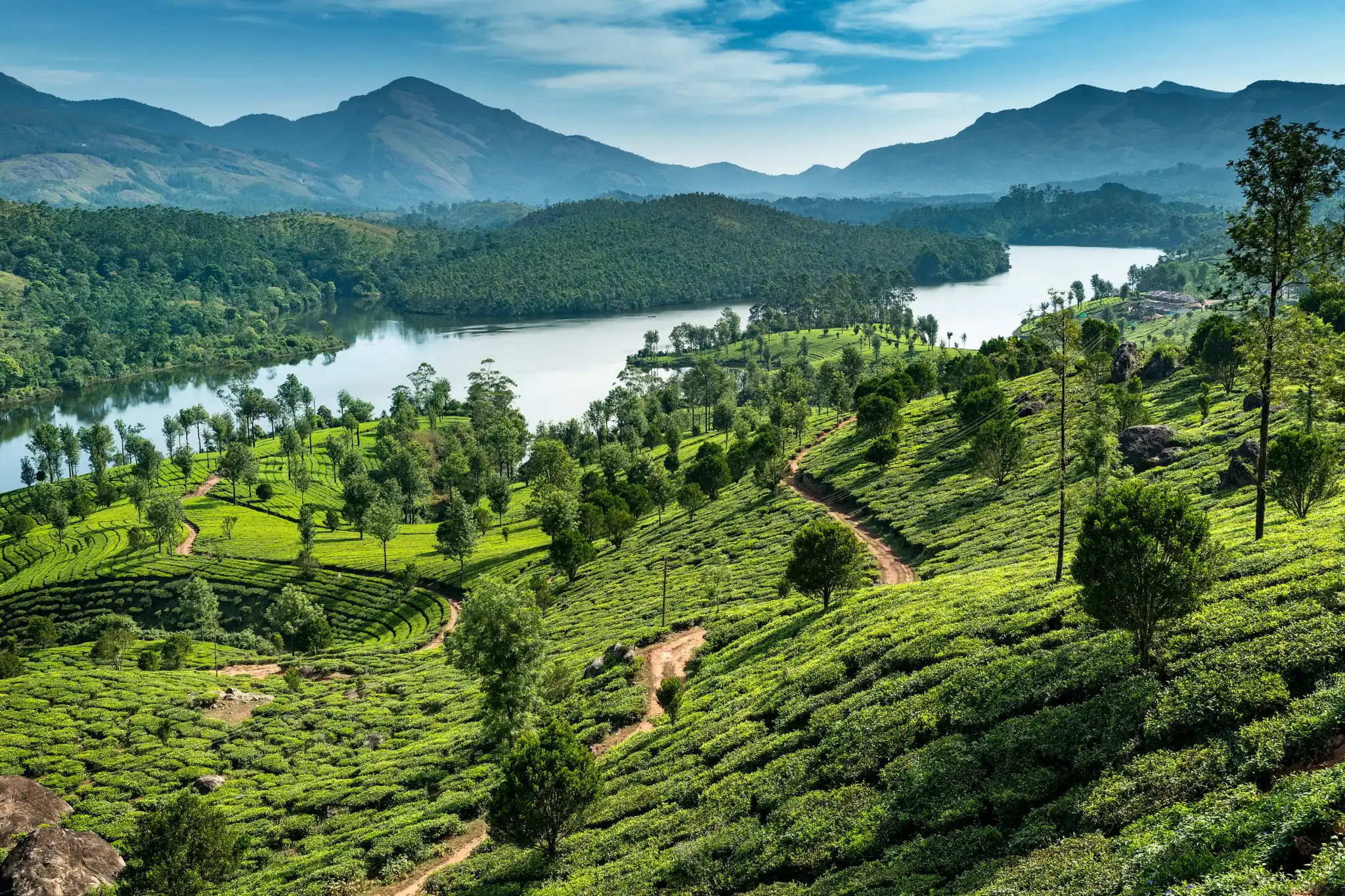This 271.5 mile (437km) coast to coast crossing of South India’s Arabian Peninsula traces a vivid cross-section of the subcontinent, beginning amid the colonial monuments and winding alleys of Fort Kochi and ending in the pilgrimage town of Rameswaram.
From the Arabian Sea, the route follows narrow backroads through rural Kerala before climbing into the Western Ghats—a UNESCO-listed mountain range studded with tea gardens and spice plantations. As you descend the other side of the Ghats you’ll cross into the state of Tamil Nadu, where the terrain flattens and the heat intensifies.
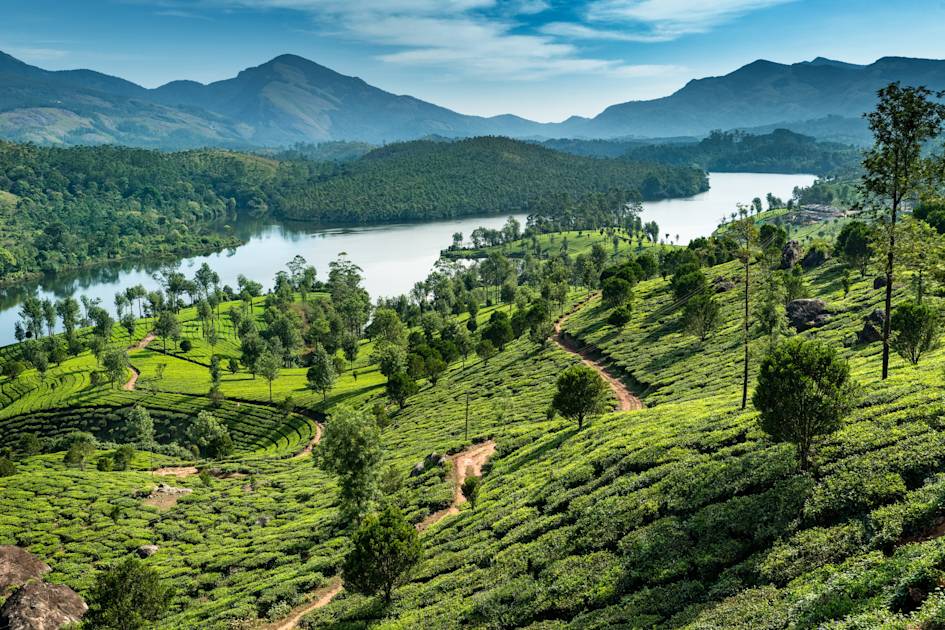
The route threads through temple towns and farmland, pausing in Madurai (one of India’s oldest living cities) before continuing to Chettinad, a region known for its opulent mansions, built by Chettiyar merchants. The final stretch leads to Rameswaram, on India’s eastern Coromandel Coast. On the way, you’ll experience the immense cultural diversity of South India.
“When someone thinks of India, they usually think of the forts of Rajasthan or Delhi; the pictures that come into their mind are of north India and places like the Taj Mahal,” says Nirmala Jacob, a member of the team who designed the coast to coast route. “But Kerala and Tamil Nadu, which form a huge bulk of southern India, are a very different experience from the north.”
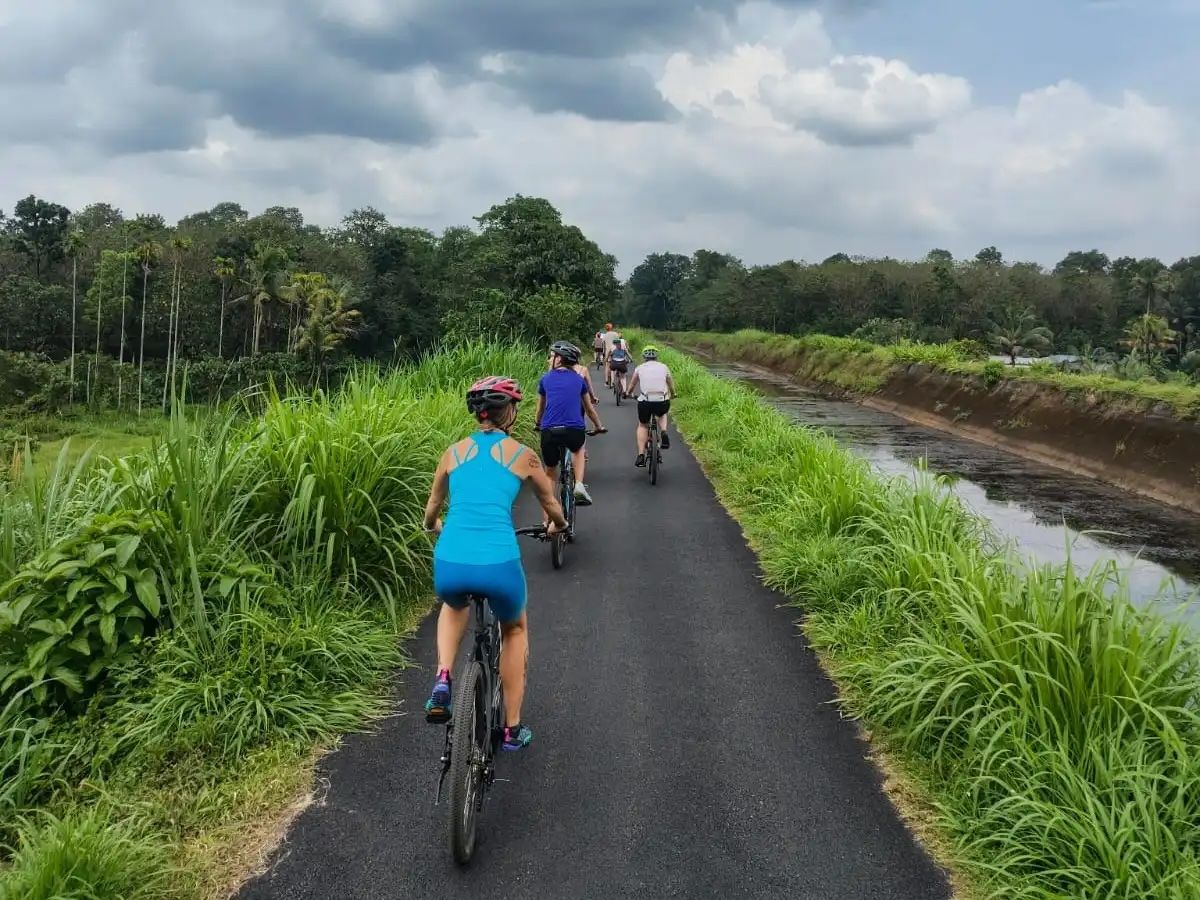
“Our languages are old; our history is much older. Both Kerala and Tamil Nadu have had trade links with the rest of the world for millennia. So that has also seeped into the forward-thinking ways of our people. Guests find it is much less of a hassle to travel here than in other parts of India—it’s a great destination for solo travellers.”
The coast to coast route was designed by two veterans, Sam T Samuel and Thomas Zacharias, who started an outdoor adventure company 25 years ago, after leaving the Indian navy.
Our languages are old; our history is much older. Both Kerala and Tamil Nadu have had trade links with the rest of the world for millennia
“Adventure tourism was not even a concept in the south of India back then. They were the first ones to do that in Kerala,” Nirmala says. “They explored the whole of South India, and then came up with this route. It has changed over the years to include Rameswaram. While the town is revered by Hindu pilgrims, it’s rarely explored by travellers.
“When we developed the route, we wanted to travel down roads that are in good condition, but to go through little towns and villages so you get glimpses of local life. Our guides are our strength in that sense. They’ve grown up in the communities you’ll be travelling through, and they are the ones who ultimately recommend to us stops at really good local shops and other places they like. We want to give travellers an authentic experience of India.”
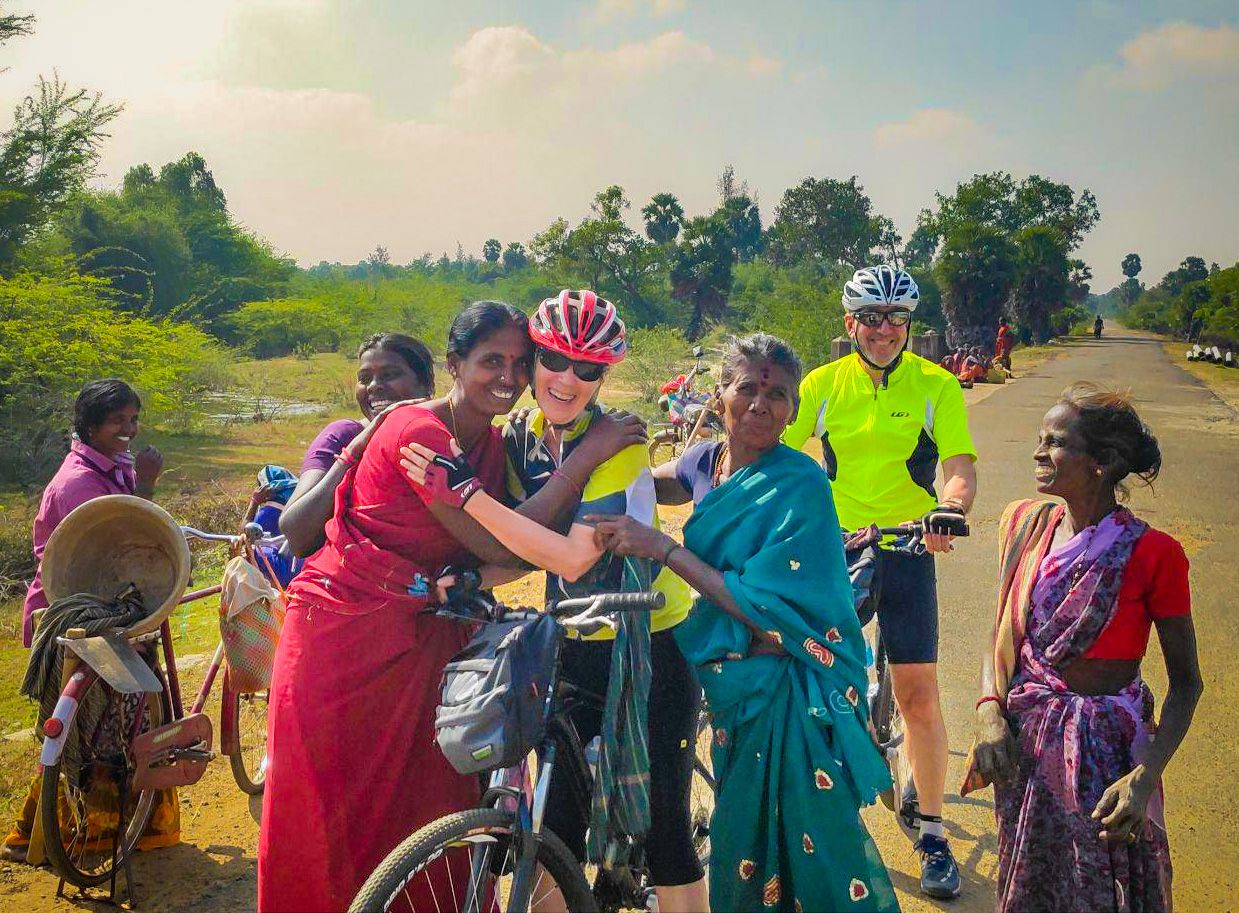
As well as meeting local people, the route is designed to give you an idea of the kaleidoscopic multiculturalism of South India. Located on Kerala's Malabar Coast, Fort Kochi was once a key stop on the spice route, drawing merchants from Arabia, China, Portugal, the Netherlands and Britain. Visitors can explore colonial-era streets with Portuguese and Dutch-style houses, see the 16th-century St. Francis Church and admire the iconic Chinese fishing nets. The Mattancherry district is where a thriving Jewish community once lived.
The next urban centre you’ll visit, after descending the Western Ghats, is the city of Madurai. Known as the ‘Athens of the East’, it’s been continuously inhabited since 500 BCE and is a crucible of Tamil culture. Architectural highlights include the ornately decorated Meenakshi Temple, and Thirumalai Nayakkar Mahal, a palace famed for its stucco-decorated arches.

From Madurai, you’ll cycle through rural Tamil Nadu to Chettinad, a region of villages studded with opulent mansions built by wealthy Chettiyar merchants.
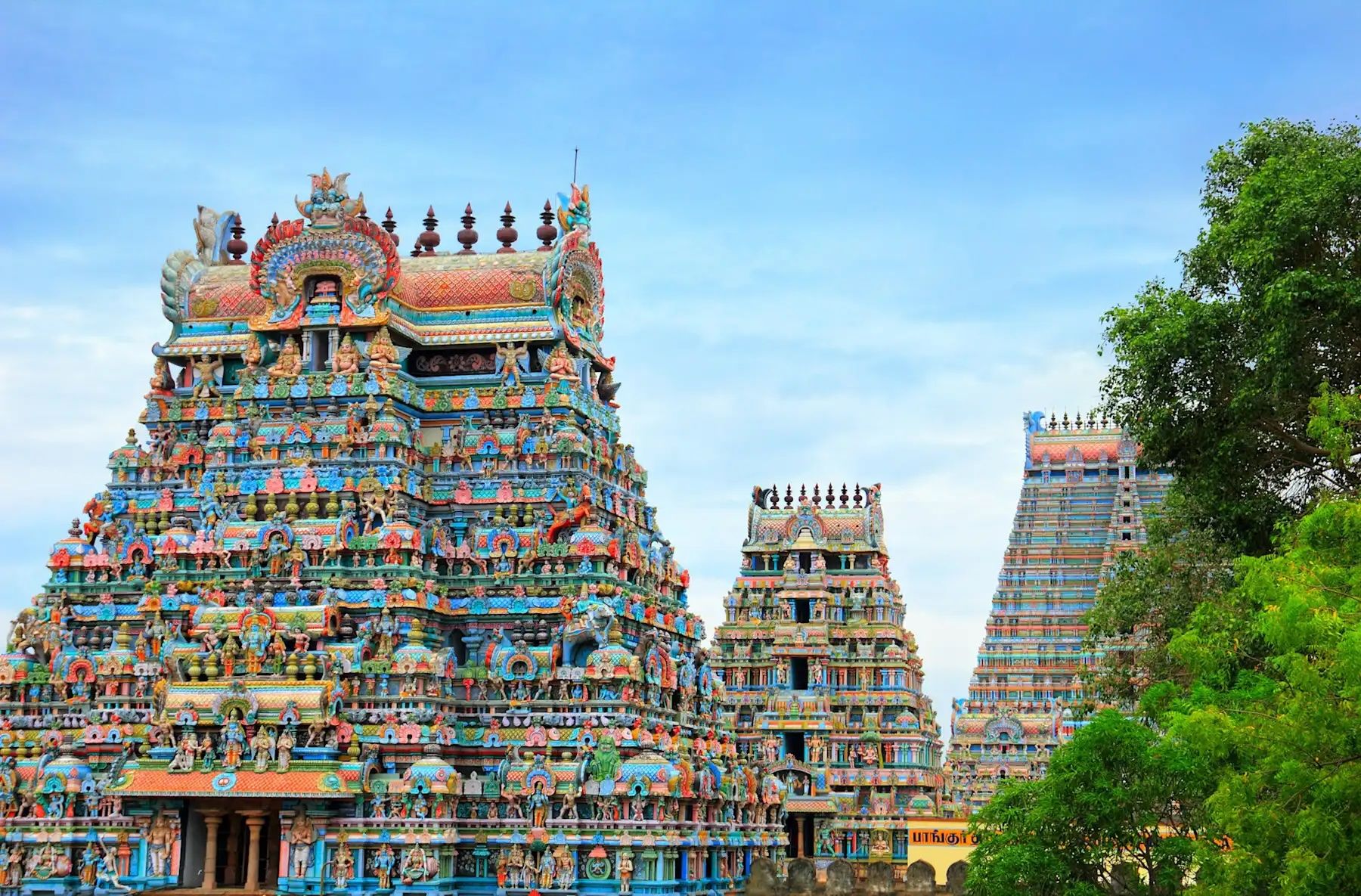
“The Chettiyars visited all of Malay and came back bringing those influences. That's why you have these palatial bungalows. They’re decorated with Athangudi tiles, which have a design influenced by their conquest of the oriental world,” Nirmala says.
Many of these mansions have been converted into boutique hotels, so you can enjoy a night of luxury after a long day in the saddle. One such option is Visalam, a wealthy merchant’s wedding gift to his daughter—think Art Deco elegance blended with Burmese teak woodwork, Belgian chandeliers and handcrafted Athangudi tiles.
The route’s multiculturalism is also reflected in the hyper-regional cuisine you’ll be able to sample along the way. You can sample fresh seafood dishes in Fort Kochi, and Syrian Christian specialities like appams (spongy pancakes made of fermented coconut and rice batter) and stew made with coconut milk and whole spices.
As you climb into the Western Ghats, dishes are made with locally grown fruits and vegetables, such as squash, jackfruit and bamboo shoots.
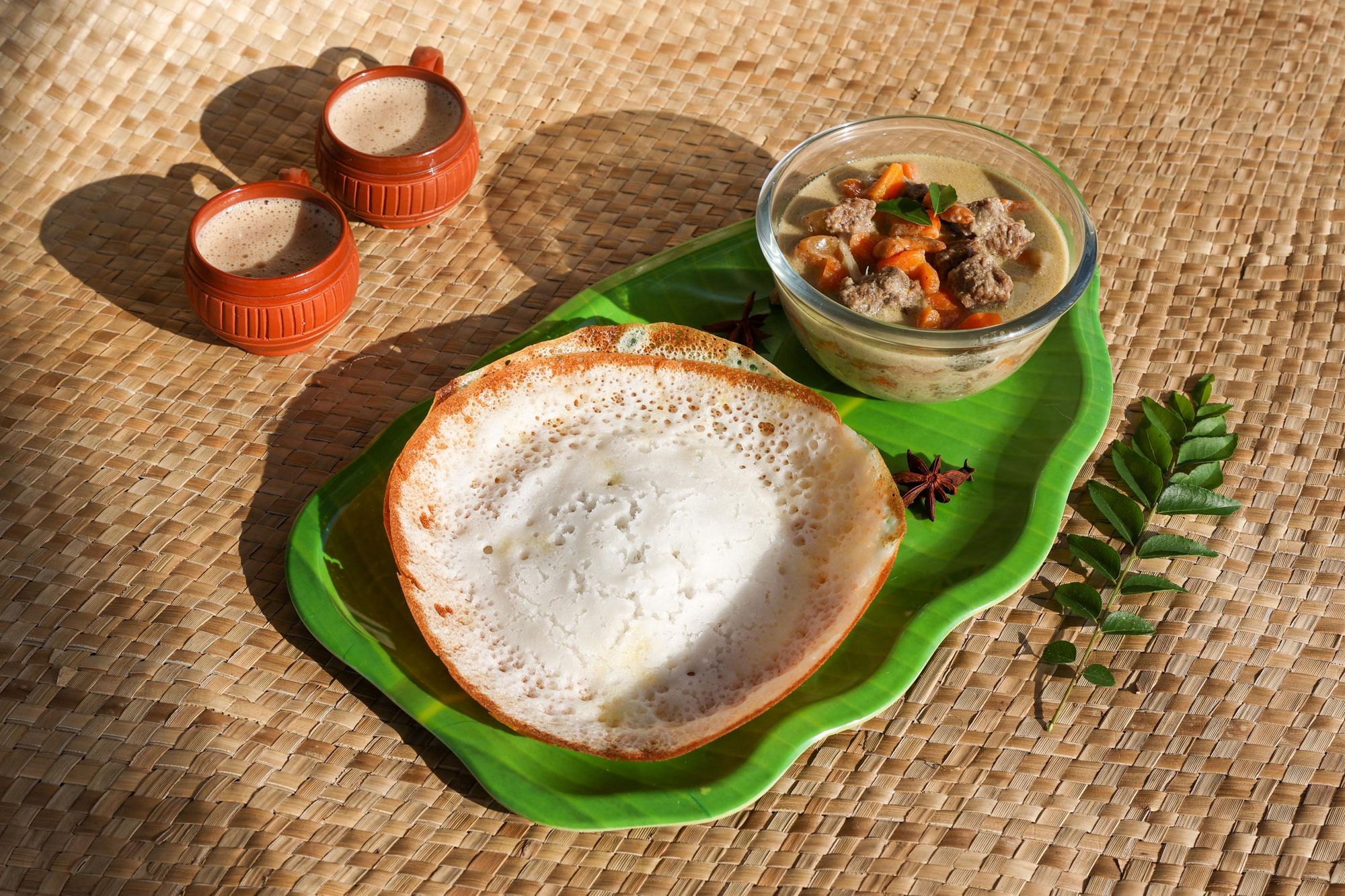
“As you go towards Tamil Nadu, the cuisine shifts quite a bit again,” says Nirmala. “It’s quite spicy, and incorporates a lot of sour tamarind. Every household makes a different rasam (which is like a soup) every day. Each day has different flavourings, but with the same base of tamarind, coriander and spice powder.”
Chettinad cuisine is famous for its complex spice blends, which include whole spices like star anise, cloves and black stone flower. Meanwhile, Rameswaram, being a pilgrimage town, serves predominantly Hindu vegetarian cuisine.
This diversity of cuisines is not just a reflection of South India’s multiculturalism; it is also reflective of the region’s wide variety of landscapes, which you’ll experience as you cycle the coast to coast route. Leaving Fort Kochi, you’ll pass through a patchwork of paddy fields, bamboo groves and canals, with flat rural roads guiding you past plantations and forests. The air is humid and the vegetation is lush and green.
The landscape changes as you travel into the Western Ghats, and you pass through a unique ecosystem of spice plantations, grassland meadows and shola forest.
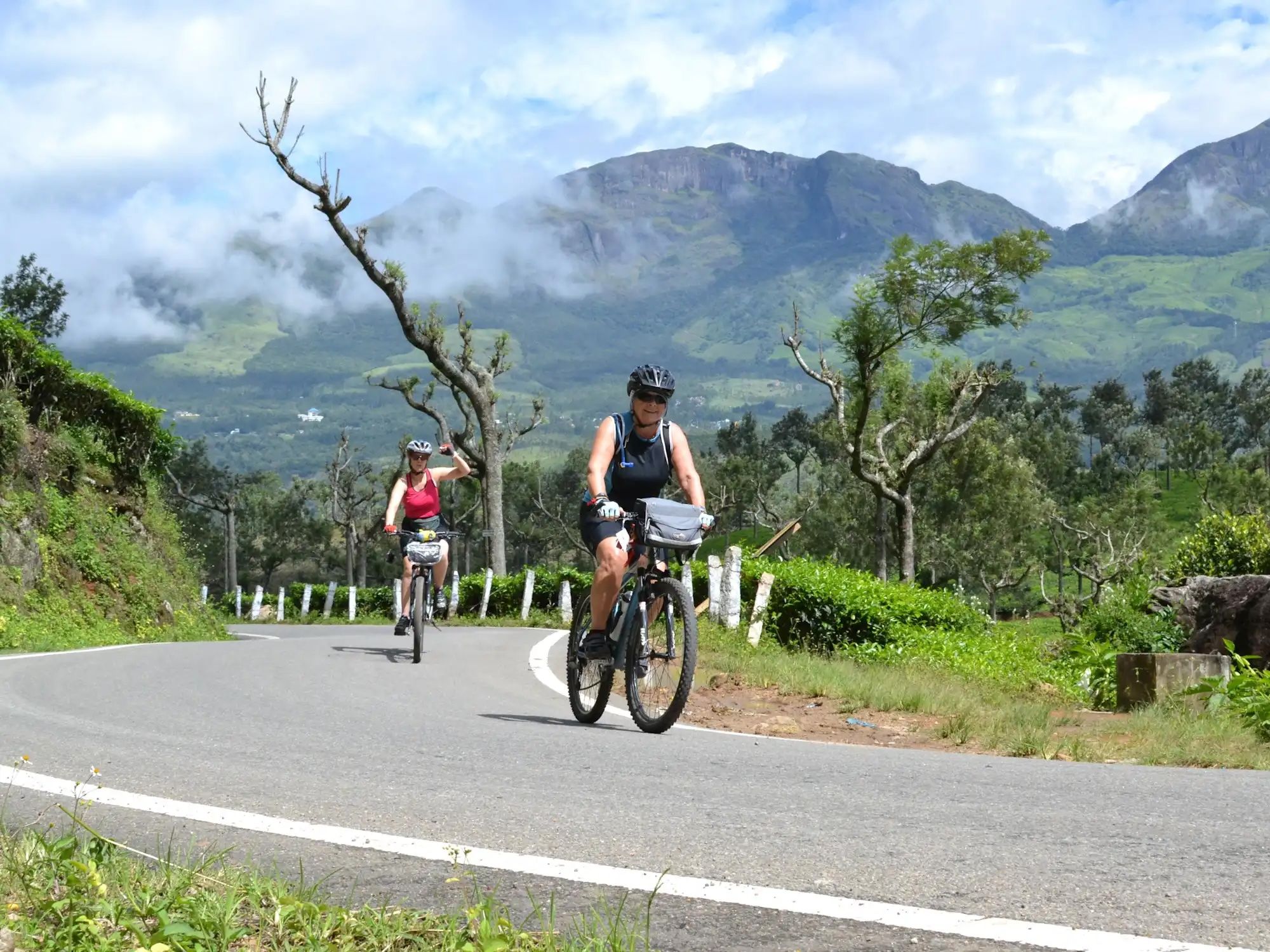
“The Western Ghats are one of the 36 biodiversity hotspots in the world,” says Nirmala. “We have dense, beautiful forests; fascinating flora and fauna. As you travel through Munnar to the Lockhart Gap you see the tea gardens spread out. In terms of beauty, I think that this an unmatched route.”
It’s a long descent into Tamil Nadu, where the forest opens out onto the Tamil Plains, a landscape of sugarcane, banana groves and paddy fields, punctuated by roadside shrines.
In terms of beauty, I think that this an unmatched route
“In Tamil Nadu you cover large tracts of area. You are literally immersed in the culture, in the vibe that each of these places has,” Nirmala says. “You will find small temples, you'll find children going to school, little kadas selling home-cooked bhajis.”
The final stretch of your ride takes you out towards Pamban Island, where Rameswaram is located. To reach it, you’ll cross the historic Pamban Bridge, where you’ll be greeted with a view of turquoise sea on either side—a fitting end to your coast to coast route.
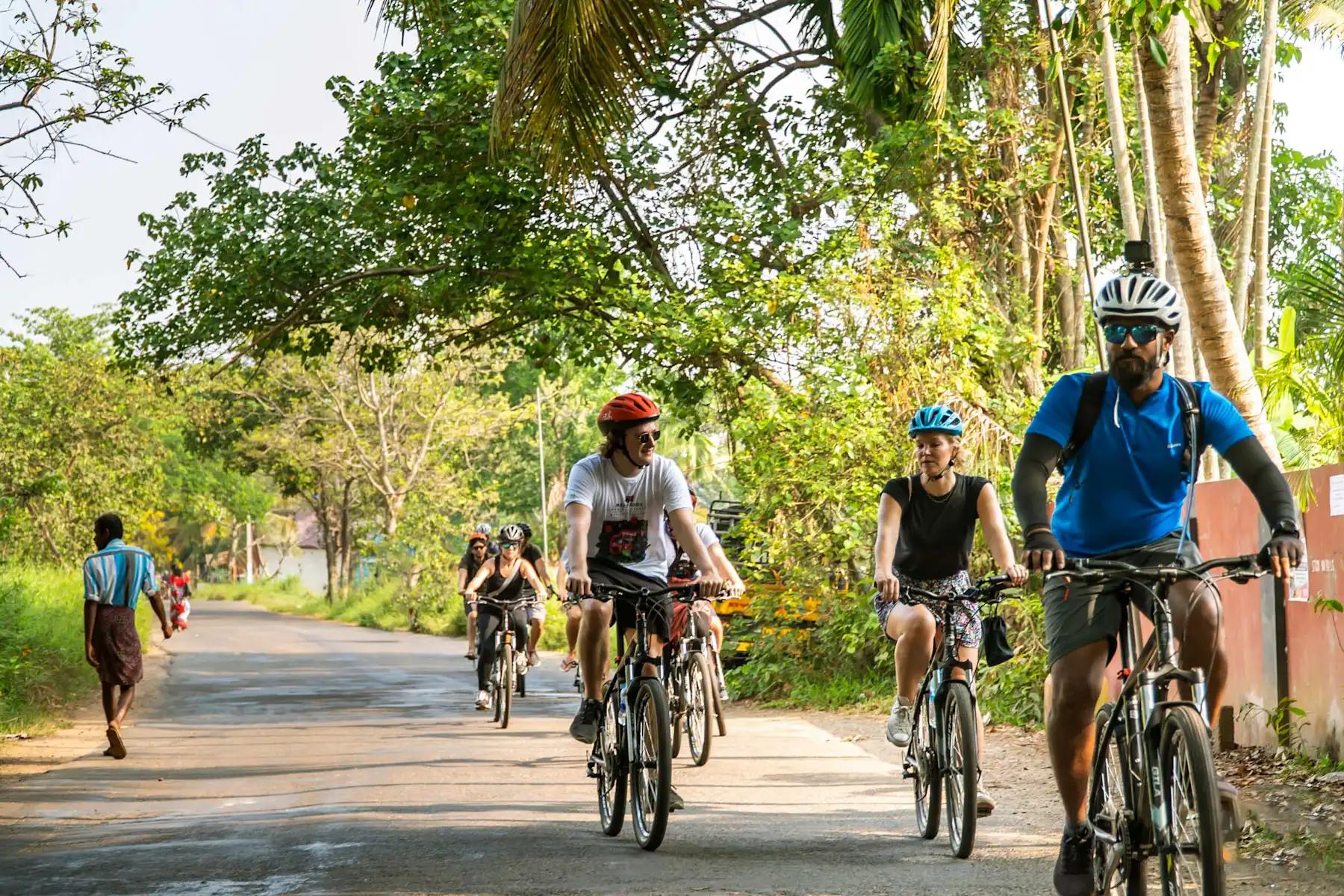
The ride is not without its challenges. The first one is the climb into the Western Ghats—around 1,600m (5,249ft) of ascent on the third stage of the route. You’ll need to have experience of cycling climbs to be able to complete it (so get some hilly training rides in).
The second is the weather. The heat soars during the summer, in particular the Tamil Plains, which experience daytime temperatures of 34–38°C during March. We’d recommend avoiding the hotter months of April and May, and also the heavy monsoon season from June to August. The best time to complete the ride is between the mild winter months of November and February.

The challenges of this journey only serve to amplify the sense of accomplishment. The soreness in your legs will fade as you gaze upon hillsides carpeted with a neat patchwork of tea plants, and the heat will be forgotten with your first glimpse of the ocean.
“I think when you come with an open mind to Kerala and Tamil Nadu, there's so much that you gain. So just come to have a good time. Come to enjoy the food and the adventure. It's going to be amazing,” Nirmala says.
Feeling inspired? Check out our Cycle South India from Coast to Coast Adventure, which follows this route.


